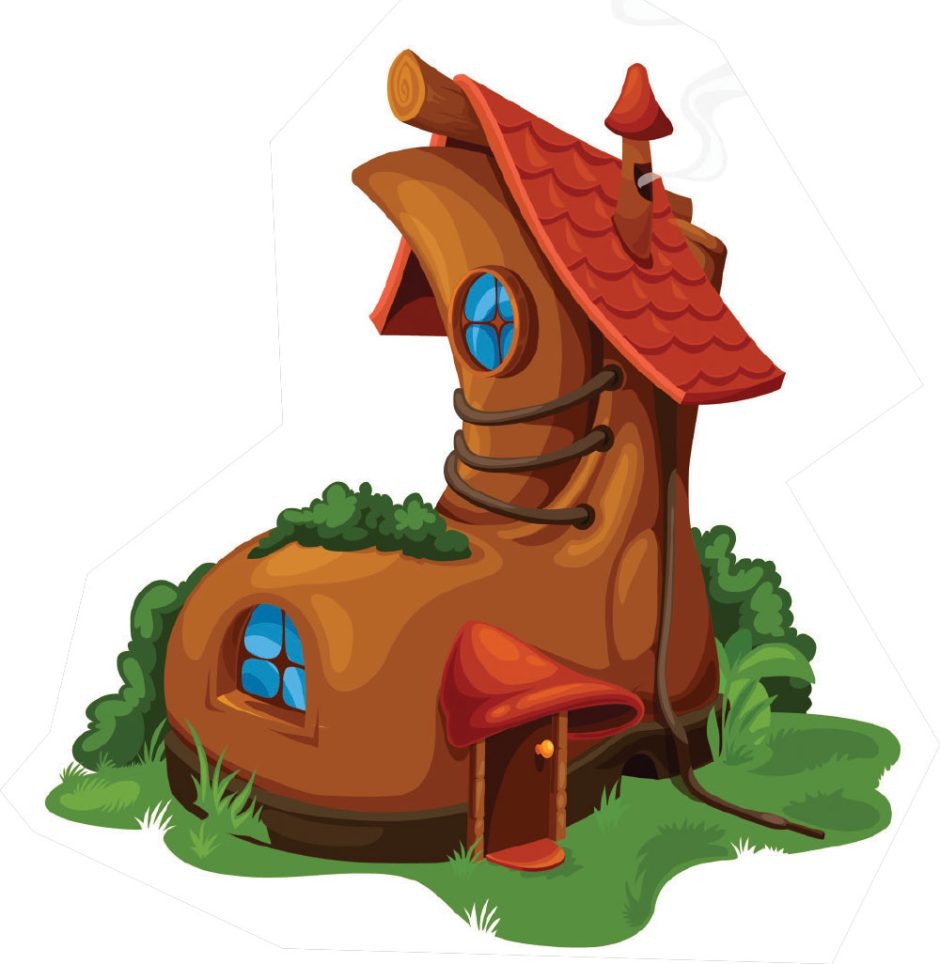 Critters, carpenter ants, powder post beetles, rot, mold, power washing, jacking the camp up in order to level it…I’ve become very familiar with the many challenges and tasks a friendly team of builders with New England accents as thick as clam chowdah faces during each episode of Maine Cabin Masters, my latest binge on Hulu. Many of these places seem beyond repair at the start of each show. Yet somehow the team uses Yankee ingenuity to prove that these beloved family retreats, many of which go back generations, can be refurbished, repurposed, reimagined, and renewed.
Critters, carpenter ants, powder post beetles, rot, mold, power washing, jacking the camp up in order to level it…I’ve become very familiar with the many challenges and tasks a friendly team of builders with New England accents as thick as clam chowdah faces during each episode of Maine Cabin Masters, my latest binge on Hulu. Many of these places seem beyond repair at the start of each show. Yet somehow the team uses Yankee ingenuity to prove that these beloved family retreats, many of which go back generations, can be refurbished, repurposed, reimagined, and renewed.
The transformations are nothing short of jaw-dropping. The many DIY creative pieces that are personalized for each family are inspiring and heart-warming. Plus, there’s something soothing about watching projects that take 8 to 12 weeks, on average, edited neatly into 30-minute episodes that end with the throw pillows placed just so and the keys handed back to forever grateful families with cabins in bucolic locales with exotic names like Mooselookmeguntic Lake, Flying Pond, and Bunganuc Creek.
Perhaps the show appeals to the architect’s son in me? (My older brother is also a contractor.) I definitely lack the builder gene when it comes to blueprints and power tools. But having been around this world most of my life, I appreciate the skill, ingenuity, and hard work it requires. It’s a lot like building articles. They, too, need a solid foundation, support (e.g. research and reporting), and pretty prose to pull it all together. Leave one aspect out and it won’t stand. And, for the record, any editor worth their salt appreciates a good demolition. The satisfaction of clearing out unnecessary verbiage is on par with gutting a dilapidated cabin.
Building a footwear business is similar. It’s why company leaders are often referred to as the architects behind an operation. Just like the Maine Cabin Masters, these brand builders need a team of experts with an array of skills, talents, and responsibilities to put it all together. The big difference in business? The job is never fully finished. It requires constant maintenance, remodeling, refurbishing, additions, etc. Companies that neglect such matters for too long can find themselves in a state similar to some of the scary Maine cabins featured on the show. Picture mounds of acorns rattling in the walls thanks to squirrel tenants and bug infestations that rival the
Amityville Horror house. In some cases, dodgy, piecemeal construction makes a house of cards seem sturdy by comparison. Time for a major demo and rebuild!
By contrast, other companies are more vigilant. They don’t ignore a drip that could lead to unsalvageable rot and mold. Maintenance costs far less than a teardown and total rebuild. Still, it’s a tough (and often dirty) job staying on top of what is essentially a perpetual construction site. Even labors of love can give you callouses and splinters. So (hard) hats off to our industry’s forever foremen and forewomen. Your dedication and building skills are inspiring.
This issue is chock-full of fine examples. Among them: our Q&A
(p. 10) with Rich Rask, president of Rieker USA, whose parent company Rieker Footwear is celebrating its 150th anniversary. Rieker’s vertical business model stands alone. It’s an impressive, worldwide structure that offers the support and reliability retailers crave in tumultuous times. Rieker is the proverbial house of bricks. Rask, too, is a builder. He has spent his entire career in the industry, starting on the ground floor in Nordstrom stockrooms during high school. He’s a regular at job sites (stores) to see how the build-outs of Rieker and Remonte are going.
Next up is the story (p. 14) of how Two Sole Sisters of Boulder, CO, came to be and, over the past 16 years, became a destination boutique known for its unique selection and strong community spirit. In our A Note to My Younger Self series, Co-Owner Laurel Tate writes that she and her sister, Lindsey, hail from a family of entrepreneurs. They definitely possess that all-important builder gene. Plus, they love their house/store and the shoes, employees, vendors, and customers that reside in it. The attention to detail the team weaves into its projects would impress even the Maine Cabin Masters. The Tates’ retailing touch is a reminder of just how people-focused this business really is.
Last but not all is the story (p. 18) of how All Black Footwear has spent the past 20 years becoming a trendsetting resource for approximately 350 boutiques across North America. It’s a methodical build led by President Richie Laio and Marty Rose, who has guided the brand’s distribution here. This marks Rose’s second career, following 30 or so years as a high-level apparel and marketing exec. That adds color to an already vivid success story, made even more impressive because the odds of All Black Footwear ever making it off the drawing board, let alone thriving, were more remote than an off-the-grid Maine cabin. Yet here it proudly sits. It’s a gem of a brand built by master craftsmen. I’m sure the Maine Cabin Masters team would agree. Enjoy the issue!



